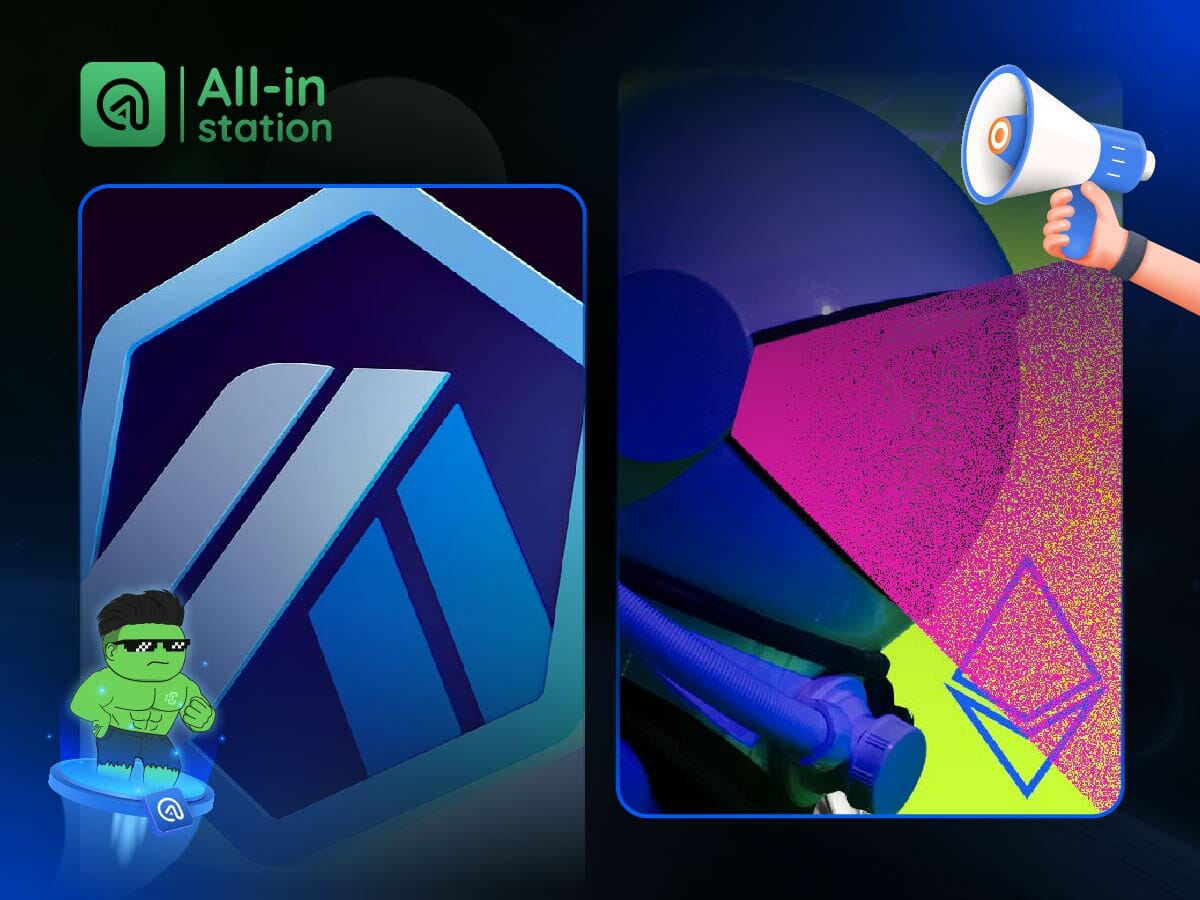Offchain Labs – the core development team behind Ethereum’s Layer 2 Arbitrum scaling solution – has made headlines for publicly opposing Vitalik Buterin’s new proposal to transition Ethereum’s execution layer to RISC-V architecture. In a lengthy technical analysis published on November 20, four Offchain Labs researchers argued that WebAssembly (WASM) is a more sustainable path for the future of the Ethereum ecosystem.
Vitalik Buterin’s proposal to use RISC-V, which was first proposed in April, was expected to dramatically reduce the cost of creating on-chain ZK proofs, even by a factor of 100 in some cases. However, according to Offchain Labs, equating the goal of optimizing ZK proving with the need to deploy smart contracts is a weak assumption.
The four authors, Mario Alvarez, Matteo Campanelli, Tsahi Zidenberg, and Daniel Lumi, argue that the process of “delivering” smart contracts to the blockchain and the process of “proving” them with ZK do not necessarily share the same instruction architecture. The team separates two concepts: the delivery ISA, the bytecode format used to store and deploy contracts, and the proving ISA, the architecture optimized for ZK Arm Virtual Machine machines. According to them, merging these two tasks into RISC-V could lock Ethereum into a fixed standard while the technology for proving ZK changes every day.
Offchain Labs says it has a working prototype for this Chia . Arbitrum currently deploys smart contracts using WASM in the Stylus project, but ZK-proving is done by compiling WASM to RISC-V and proving it on the ZK Arm Virtual Machine in the backend. This proves that Ethereum can absolutely use WASM as its “on-chain language” and use RISC-V or any other suitable standard as its “proof language,” as long as the pipeline runs smoothly.
The important point the team emphasizes is that RISC-V is not the end goal of ZK-VM technology. Many projects have switched from 32- Bit to 64- Bit versions of RISC-V in a short period of time, indicating that the technical framework is not yet stable. If Ethereum were to adopt RISC-V as its L1 protocol layer now, the platform could be locked into a temporary choice, especially given that WASM-oriented ZK-VMs like Ligetron are proving to be highly competitive.
Another game-changer: the cost of generating ZK proofs has dropped to just a few cents per Ethereum Block and continues to drop. This makes “optimizing proving at all costs” less of a necessity. According to Offchain Labs, even if L1 requires more ZK proofs per Block, the cost is still small compared to the gas and MEV revenue Block builders receive.
Meanwhile, WASM has a huge advantage in terms of structure, data type safety, and the maturity of its tool ecosystem. Most Ethereum nodes currently run on commodity CPUs, which are efficient at handling WASM, whereas RISC-V requires hardware emulation, which wastes performance. Thanks to its clean design, WASM allows for modification, optimization, or extension without breaking compatibility with existing contracts – a factor that is especially important for a blockchain worth trillions of dollars.








